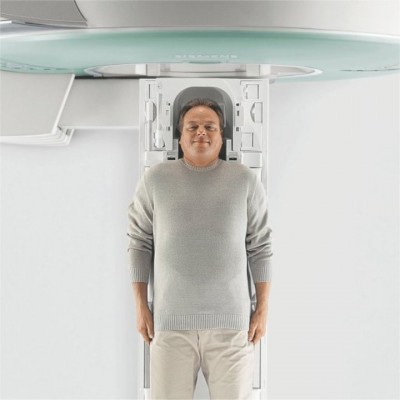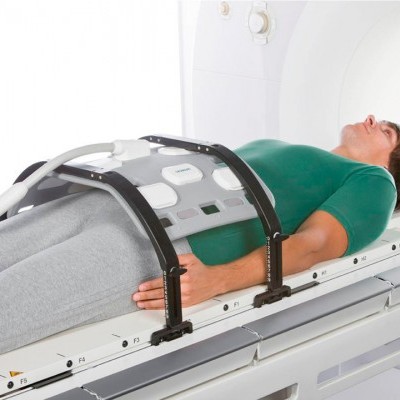The primary indication for MRI of the prostate is evaluation of prostate cancer. MRI is used to evaluate the extent of prostate cancer to determine if the cancer is confined to the prostate, or if it has spread outside of the prostate gland and to nearby lymph nodes to distinguish between benign (noncancerous) and malignant (cancerous) areas.


MRI of the prostate is used to evaluate other prostate problems too:
The prostate gland is part of the male reproductive system. It is located in front of the rectum and below the bladder, and surrounds the first part of the urethra, the tube that connects the bladder with the tip of the penis to carry urine and other fluids out of the body. The prostate helps make semen that carries sperm out of the body when a man ejaculates. Ultrasound and MRI are the most commonly used techniques to image the prostate gland.
Metro MRI Center is utilizing the latest in magnetic resonance imaging (MRI) technology to more accurately diagnose and treat prostate cancers.
The implementation of a 3T MRI scanner and the use of a specialized coil, and specific imaging parameters will provide higher resolution images of the prostate gland than previously possible, making the use of an endorectal coil no longer necessary.
These new tools will enable us to improve the accuracy of diagnosis and aid your physician in developing a treatment plan specific to you.
The exams are performed by highly skilled and certified MRI technologists. Your exam will be interpreted by board certified radiologists specially trained in interpretation of prostate MRI.
MRI can play an important role in the assessment of appropriateness for watchful waiting, or active surveillance.
The success of active surveillance as a management strategy for prostate cancer relies primarily on the accurate identification of patients with low-risk disease unlikely to progress.
MRI may contribute to the complex process of assessing patient eligibility for active surveillance.
Newly diagnosed prostate cancer in the era of PSA testing has led to concern about possible overtreatment. In response to the concern, interest in active surveillance has increased, as has its effectiveness.
One of the potential risks of active surveillance is the possibility that a biopsy needle might miss high-grade or large-volume tumors, leading to delayed therapy that can adversely affect outcomes.
Metro MRI Center has qualified technologists and radiologists available to assist you.